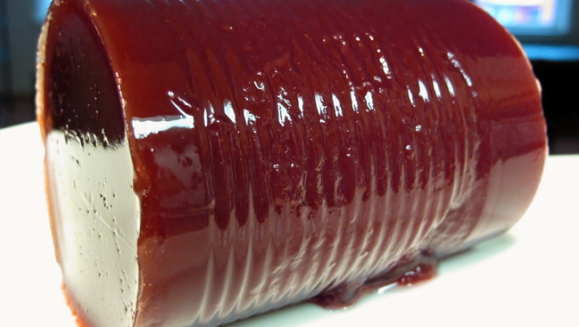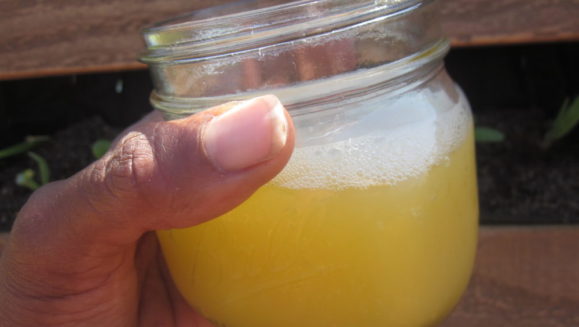In fact, drupes are synonymous with many wonderful summer fruits also known as “stone fruits” yet there are three different terms to describe and differentiate them. We’ll get into that in just a second.
To be specific, drupes are a classification of fruits that have an “exocarp” (skin) surrounding a fleshy “mesocarp” (fruit) that covers the “endocarp” which contains a hard-shelled seed or kernel.
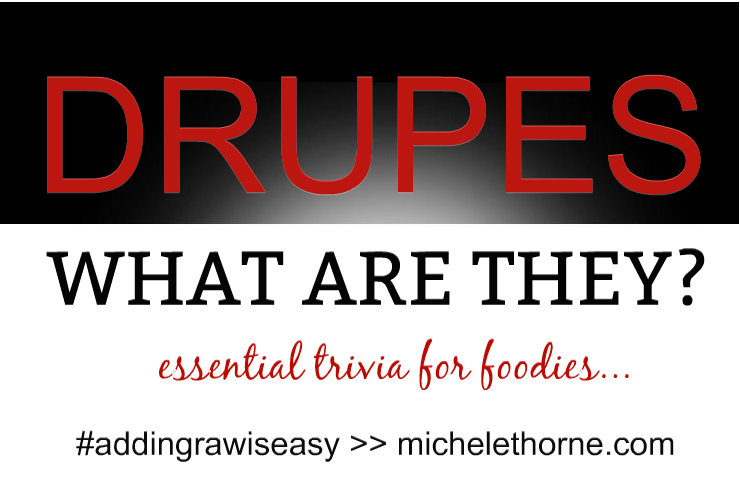
Drupes are used in raw food preparation beyond just eating them as they are when they’re in season, so I’ve compiled a list of drupes (and even some drupeletes – yes, there’s such a thing) below that you can reference or make something raw and delicious to add to your table. Or you can simply use this “roundtable” trivia to impress your friends at your next fancy dinner party…if you’re into that kinda thing. Clearly, I’m a drupe NUT! Haha…
Anyhoo, there are three classifications of drupes – freestone, clingstone and tryma – and several fruits can be included in each classification.

Freestone drupes are drupes that have a stone (pitt) that can easily be removed from the flesh. Drupe fruits in this classification include nectarines, peaches, plums, prunes, and cherries.
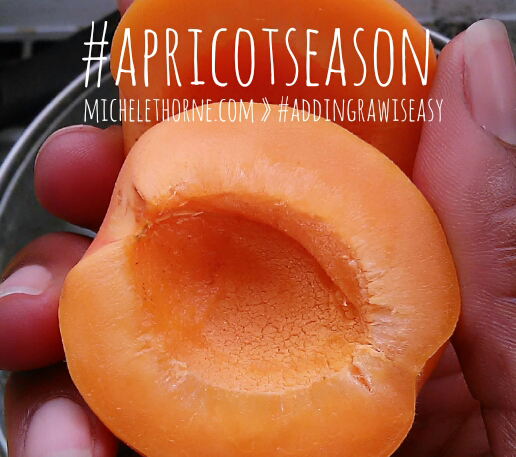
Clingstone drupes are drupes that have a stone (pitt) that cannot easily be removed from the flesh. Drupe fruits in this classification include olives, apricots, mangoes.
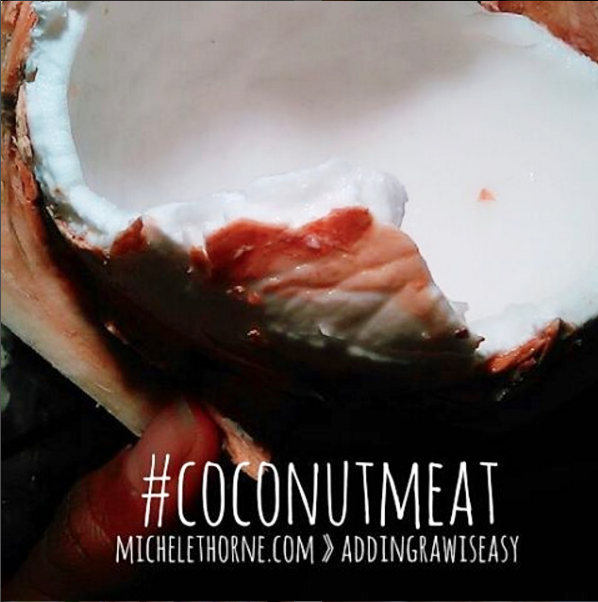
Tryma drupes are nut-like drupes aka drupaceous nuts that actually grow within an outer husk. Drupe nuts in this classification include walnuts, areca nuts and hickory nuts. Some people also include coconuts in this category.
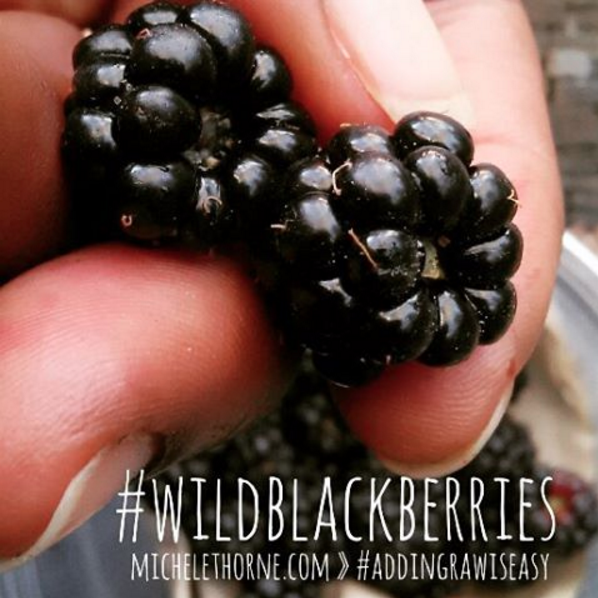
Drupelets are small or large clusters or aggregates of drupes that have a small hard seed inside. Drupe fruits in this classification include bramble fruits like raspberries and blackberries, whereas peppercorn and palm form large clusters.
So, there you have it. Now you know your drupes…and a little nugget of food trivia you can toss around at your next shindig.
